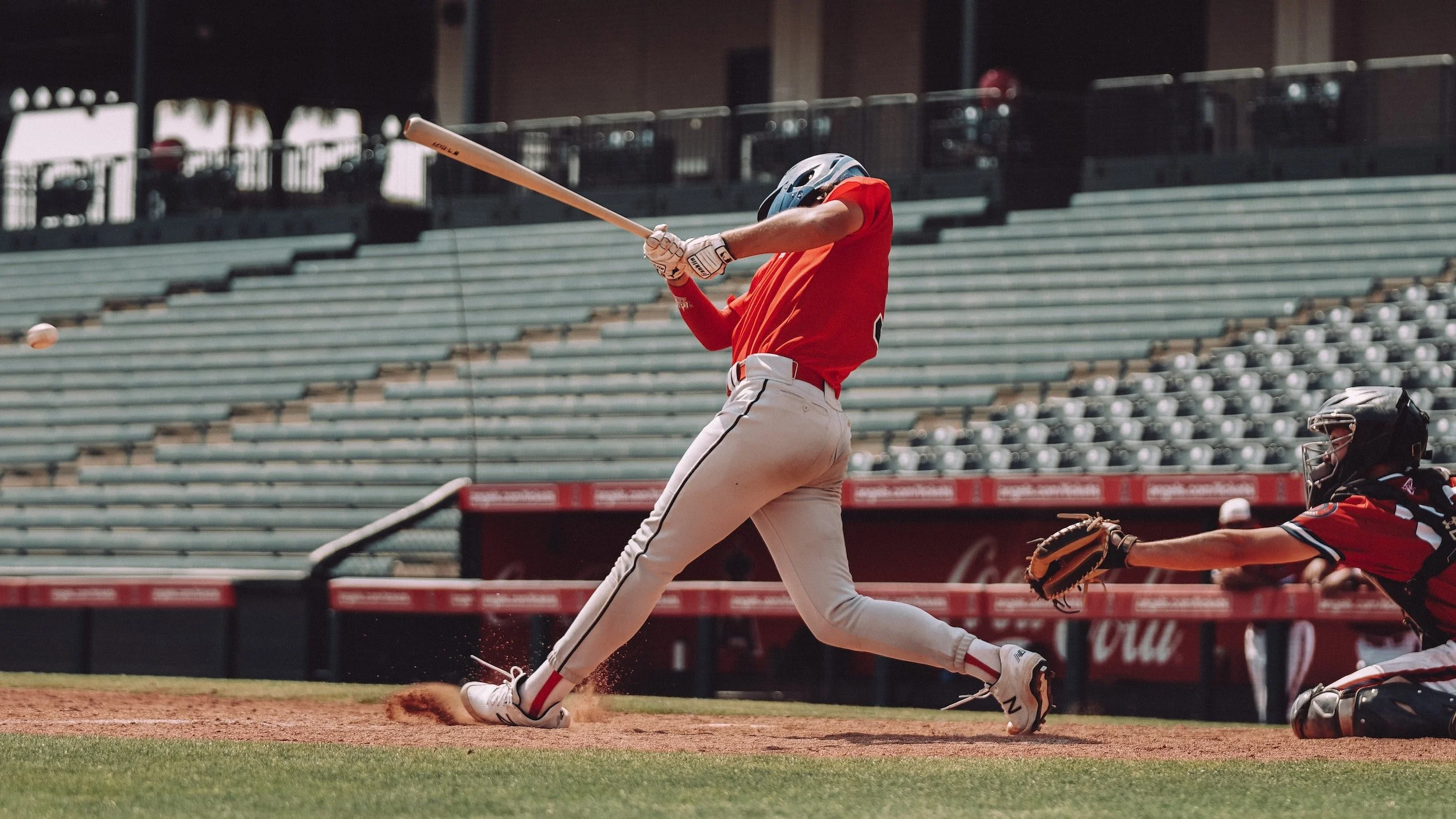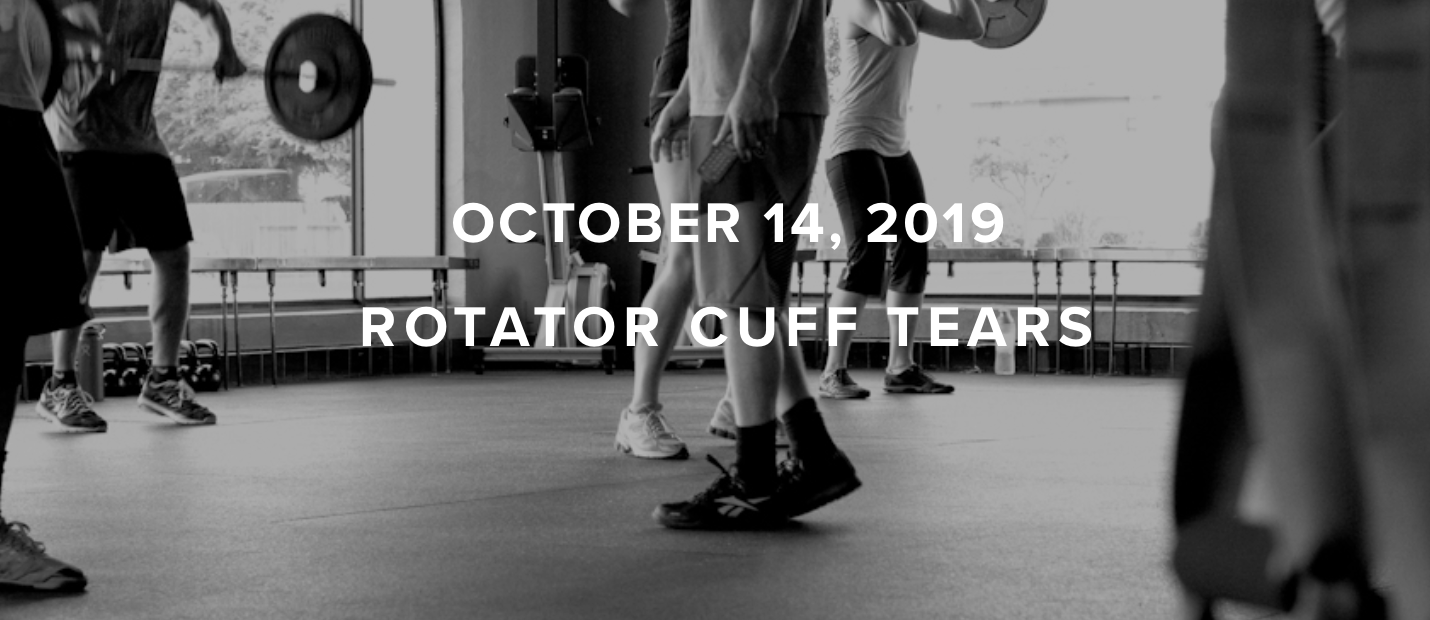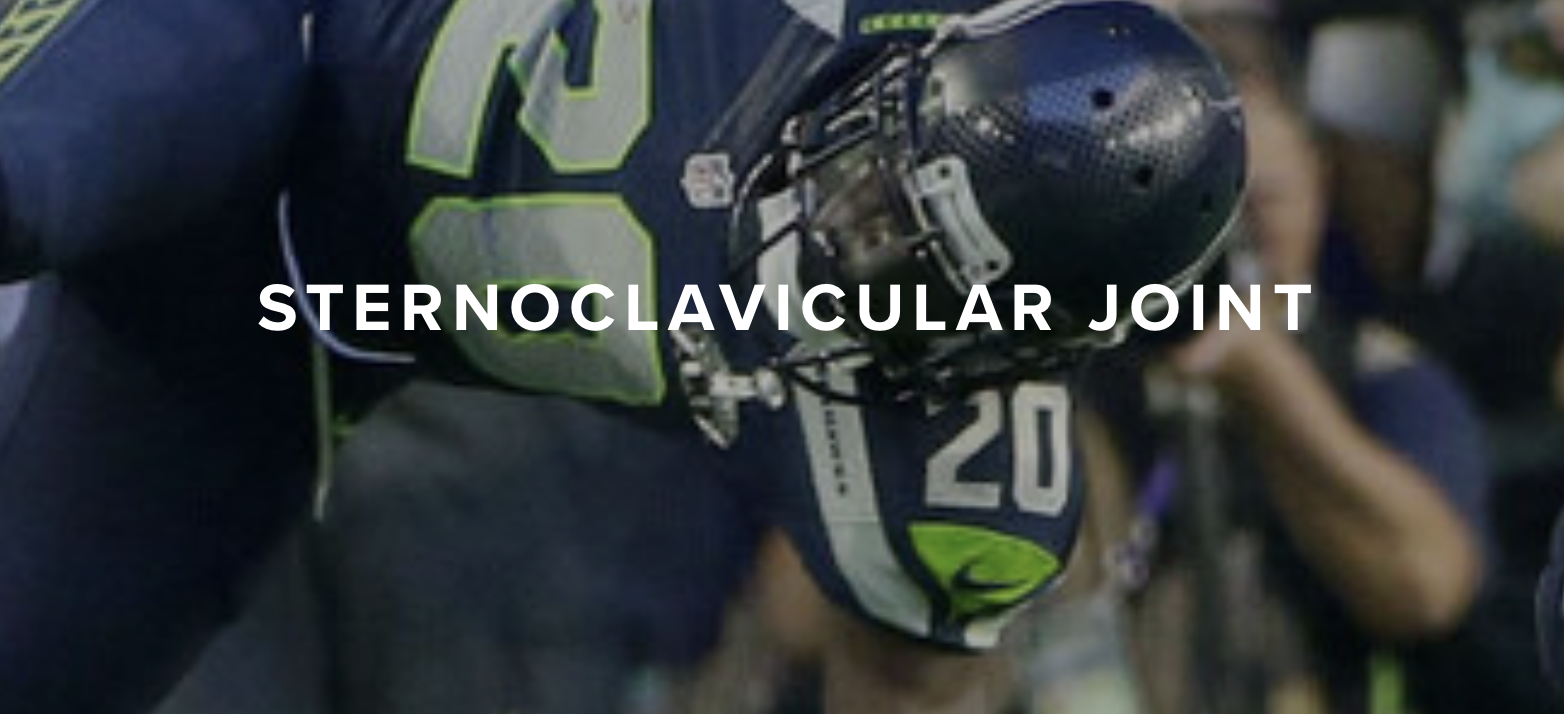Baseball Season is Here
With LIttle League, Middle School, and High School baseball here what should parents, athletes, and coaches be aware of?
As we approach early March, it may seem difficult to believe, but baseball and softball season is rapidly approaching. Before you know it, the local diamonds will be full of kids, teens, and so on, playing the game they love. With the excitement of the beginning of the season looming, a common question that may come up for parents is “How can I get my child ready for this upcoming season?” This can be a particularly difficult thing to navigate for parents and children alike as there are many opinions they can get from coaches, teammates, doctors, and so on. The goal of this article is to provide a clear set of principles that parents and coaches can use to guide their child’s preparation for this upcoming spring.
Arguably the most important thing for an athlete, of any sport, to do to be ready for their season, is to practice their sport on their own before their team’s first practice. It seems very obvious, but commonly athletes will come into their spring season having not thrown, not swung the bat, and potentially done minimal running. While spring practice should provide some time to increase an athlete’s swinging and throwing volume, generally this is too short of a time frame to truly get one’s tissues acclimated to the number and intensity of stresses they will be subjected to once the season begins. It’s very easy to underestimate just how many throws or swings an athlete gets in during a competitive season. Oftentimes, between practices and games, kids can get several hundred throws and swings each week. If there has been minimal throwing before the season, this can be a very steep accumulation of stresses that is tough for anyone to be able to tolerate, but especially difficult for developing children.
Figuring out what is an ‘appropriate’ on-ramp of stresses leading into the season can be a very difficult and nuanced process that should take into account an athlete’s age, skill level, throwing velocity, how much throwing or swinging they have been doing during the offseason, and any other sports they may be playing at a time. It is best to work with a professional who has extensive knowledge and experience in designing return-to-play programs for athletes, whether it be a coach, trainer, or medical professional. This will best help the athlete to get their needs met as specifically as possible within the given constraints mentioned above.
If for various reasons, working with a professional is not a viable option, a generalized approach could be to figure out what an athlete’s throwing and/or swinging volume will be and work backward from there to determine when they should start up a return to play program. Starting at 30-50 throws or swings in the initial week would be a good place to start and then add another 30-50 throws or swings each week until you are at your desired amount. For example, let’s say an athlete’s week, once games start, consists of around 300 total throws. If you were to start at 50 throws in a week and work up by 50 each week, it would take roughly around 6 weeks of ramping up to get to the point where they were ready for that volume of throwing. This would give the tissues of the body more time to adapt to the demands being placed on them. The more gradually we can increase the amount of stress being placed on the body, the higher the likelihood that the body will be able to hold up throughout the season.
Aside from appropriately managing how an athlete ramps back up into their sporting activities, the other most important aspect of being prepared for the baseball or softball season is something that should be more of a year-round practice, which is focusing on athletic development. Very often, at the youth sports level specifically, the focus for kids is to try to get them as good at the skill of their sport. In baseball or softball, this would be working on good bat-to-ball skills, or improving their throwing mechanics. While this certainly has its importance for all baseball and softball players, we need to think of athleticism and athletic development as the framework for everything else that they will potentially do - building the athlete’s engine, so to speak.
If we are to look at what allows a player to move up to whatever their next level of competition is, a main driver of that is their athletic capabilities - who can run the fastest, jump the highest, and demonstrate the most power. How we can work on this in youth athletes will have a lot of variances mainly based on their age. At the high school level, this will be spending time in the weight room. At the youth level this can be done in a variety of ways: participating in different sports, incorporating various games at practice that encourage athleticism, or simply getting outside and playing more regularly. The general idea behind all these is exposing kids to a variety of different movements that they wouldn’t typically be exposed to in their main sport.
““Strengthening is helpful for performance and also to prevent throwing injuries. Studies have shown that there is an association between rotator cuff weakness and throwing injuries requiring surgery in professional baseball players and throwing related pain in adolescents.””
Baseball and softball are very unique sports in terms of what is asked of the body to be able to be competitive at any level. To give athletes the best chance for success in both terms of health and performance requires a level of attention to detail not typically seen in other sports. Giving athletes enough time to prepare for the season along with allowing them to develop as athletes are two easy ways to improve the odds of an athlete staying on the diamond for a long time.
““A physician must always consider the neck for shoulder pain and evaluate the suprascapular nerve for possible entrapment and thoracic outlet syndrome.””
How can A physical therapist Improve your Baseball Season?
A PT can help educate you on your symptoms, beliefs about movement, breathing, exercise and pain, and how to start to improve your condition.
PTs can provide a strength, range of motion (ROM), balance and coordination assessment of your upper extremities and spine to identity what’s impacting your knee
A PT can assess old injuries and their impact on your neck, shoulder, elbow, and hand.
As manual therapists, we can provide gentle mobilizations and soft tissue work to improve joint mobility and decrease pain. We can help train your joint’s awareness and proprioception so it can handle unexpected stresses and strains with more resiliency.
Physical therapists can design an individualized program with mobility, ROM, and strengthening exercises for your trunk, posture, neck, and shoulder. We can design a daily/ weekly maintenance home program for TOS. A PT can also give you a program for progressive return to activity and progressive loading to facilitate improved tissue strength and tolerance.
AUTHORS:
Terry Phillips, PT
LWPT Kenmore Physical Therapist
CONTRIBUTORS:
Dr. Edward Khalfayan, MD
Orthopedic Surgeon, Former Mariners Team Physician, Seattle Seahawks team physician
Dr. Bob Adams, DO
Ret. USA Track & Field Head Medical Doctor, Sports Medicine Physician
Ben Wobker, PT, MSPT, CSCS, CFSC, SFMA
Founder & Director Lake Washington Physical Therapy
MORE BLOGS
MORE WEBINARS
References
Chandra, Venita, et al. “Thoracic Outlet Syndrome in High-Performance Athletes.” Journal of Vascular Surgery, vol. 58, no. 2, 2013, pp. 567–568., doi:10.1016/j.jvs.2013.05.086.
Ferrante, Mark A., and Nicole D. Ferrante. “The Thoracic Outlet Syndromes: Part 2. The Arterial, Venous, Neurovascular, and Disputed Thoracic Outlet Syndromes.” Muscle & Nerve, vol. 56, no. 4, 2017, pp. 663–673., doi:10.1002/mus.25535
Hangge, Patrick, et al. “Paget-Schroetter Syndrome: Treatment of Venous Thrombosis and Outcomes.” Cardiovascular Diagnosis and Therapy, vol. 7, no. S3, 2017, doi:10.21037/cdt.2017.08.15.
Otoshi, Kenichi, et al. “The Prevalence and Characteristics of Thoracic Outlet Syndrome in High School Baseball Players.” Health, vol. 09, no. 08, 2017, pp. 1223–1234., doi:10.4236/health.2017.98088.
Sanders, Richard J, et al. “Diagnosis of Thoracic Outlet Syndrome.” Journal Of Vascular Surgery, vol. 46, no. 3, Sept. 2007, pp. 601–604., www.sciencedirect.com/science/article/pii/S0741521407007343.
Thompson, Robert W. “Thoracic Outlet Syndrome and Neurovascular Conditions Of The Shoulder In Baseball Players.” Baseball Sports Medicine, by Christopher S. Ahmad and Anthony A. Romeo, Wolters Kluwer, 2019.
Watson, L.a., et al. “Thoracic Outlet Syndrome Part 1: Clinical Manifestations, Differentiation and Treatment Pathways.” Manual Therapy, vol. 14, no. 6, 2009, pp. 586–595., doi:10.1016/j.math.2009.08.007.
Watson, L.a., et al. “Thoracic Outlet Syndrome Part 2: Conservative Management of Thoracic Outlet.” Manual Therapy, vol. 15, no. 4, 2010, pp. 305–314., doi:10.1016/j.math.2010.03.002.














